Only 5 films were shot with the Parthenon as a background–Why the KAS said “no”to Lanthimos for the Acropolis
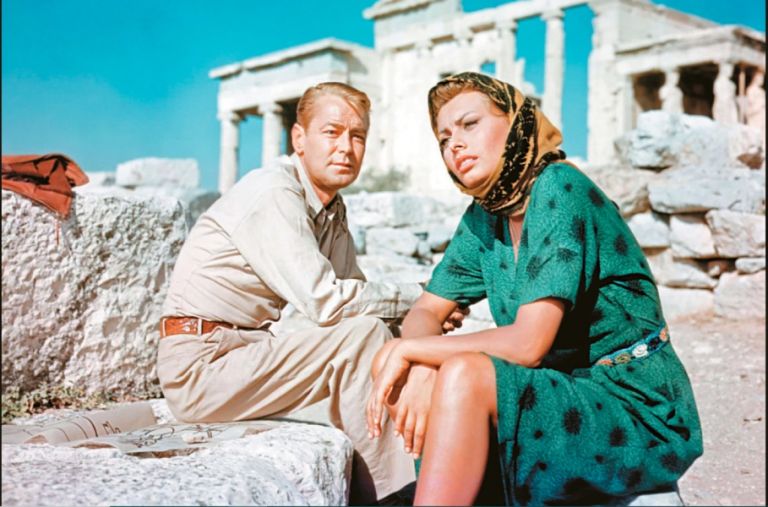
Πηγή Φωτογραφίας: Διαδίκτυο//Only five films were shot with the Parthenon as a background – Why the KAS said “no” to Lanthimos for the Acropolis
Is it appropriate to make monuments and archaeological sites available for filming, photography, events and, if so, under what conditions? The above question has been raised again and particularly intensely in recent days on the occasion of the request for permission to film for Giorgos Lanthimos’ new film on the Acropolis, which was not approved by the Central Archaeological Council (KAS).
The answers to this question are neither easy nor self-evident. This is because many different parameters need to be taken into account, such as what the monument and its symbolism are, who the artist or company requesting it is, and what images and messages will be displayed. It was on this last parameter that the KAS based its negative opinion, judging that “the scenes proposed to be filmed in the monument site are incompatible with the symbolisms emitted and the values promoted by the Acropolis, and in particular the Parthenon, as a universal world heritage site.”
The scene in Lanthimos’ new film, Bugonia, starring Emma Stone and Jesse Plimons, which was to be shot on the Acropolis, was reportedly the climax of the project. In it, the image of utter devastation is captured, with dozens of human corpses lying on the Sacred Rock, suggesting a dystopian graveyard, but the finale, however, conveys a message of hope and life through some cats appearing among the lifeless bodies.
In any case, having images of Greece travel through the work of important creators is, undoubtedly, a highly positive thing that enhances the country’s international image and showcases the priceless richness of its cultural heritage. But it is precisely because this heritage is the most precious thing we have that we must preserve it as a matter of urgency. And that is why any reservations, even shyness, on the part of archaeologists who have taken on the heavy responsibility of protecting domestic monuments are justified. Especially when we are talking about the Acropolis, the monument of monuments, the timeless trademark of Greek and universal civilization.
The films
It is, moreover, no coincidence that there are very few cases, counted on the fingers of one hand, where the Acropolis has been granted in the past for film shootings.
The beginning was in 1957, when a major international star arrived in Greece to shoot her new film. It was the dazzling Sophia Loren and the romantic adventure “The Child and the Dolphin”, directed by Jan Negulesco, which was the maiden American film production shot in Greece. The Acropolis plays a pivotal role in the development of the plot, which features a valuable statue from which many seek to profit financially.

A few years later, in 1960, Jules Dassin’s Never on Sunday followed, starring the unforgettable Melina Mercouri, one of the most iconic films of Greek cinema, which won the Oscar for Best Song for Manos Hadjidakis’s notorious Piraeus Children.
Among the scenes in the film, which was shot exclusively in Greece, is a particularly atmospheric evening shot of Melina and Dassin sitting on the Holy Rock and chatting against the backdrop of the illuminated Parthenon.
Since then it took over three decades before a film camera was set up again on the Sacred Rock of the Acropolis. And not just any camera, but that of three leading directors of American cinema, Martin Scorsese, Woody Allen, and Francis Ford Coppola, for the 1989 film Stories of New York. One of the three different stories that make up the film, that of Coppola, features a classical music concert taking place on the Acropolis.
On a completely different, lighter, and more commercial cinematic wavelength, Nia Vardalos came to Greece to shoot the 2009 romantic comedy Eros a la Greek in which she stars. The Acropolis is one of the first monuments where she guides tourists before meeting love in the person of the somewhat primitive Greek bus driver played by Alexis Georgoulis.
Atmospheric scenes in various parts of the Acropolis also featured in the 2014 film The Two Faces of January, a thriller set in 1960s Athens, based on Patricia Highsmith’s novel of the same name, directed by Iranian-born British Oscar-nominated director Hossein Amini, and starring Viggo Mortensen, Kirsten Dunst, and Oscar Isaac. The film tells the story of a couple on holiday in Greece who lure a tour guide into murder.
Dior and Nelly’s
In the early 1950s, the great French couturier Christian Dior envisioned a clothing collection inspired by the Acropolis and the beauty of ancient Greek statues.
A year later his inspired creations were presented in front of the Parthenon and under the Erechtheion, as part of a historic photo shoot with the lens of Jean-Pierre Pendragini published in the French magazine Paris Match.
Sixty years later, in the summer of 2021, this historic photo shoot was revived as part of the presentation of the famous fashion house’s new “Cruise 2022” collection, which was also inspired by Greece and presented at the Kallimarmaro. The first artistic photo shoot on the Acropolis, however, had taken place many decades earlier, in 1928, and had caused a stir among the then-conservative Athenian society. It was the uniquely aesthetic and unparalleled beauty of the photographs of the great photographer Elli Sooyultzoglou-Seraidaris, known worldwide as Nelly, who captured with her lens the prima ballerina of the Paris Opera Comique, Mona Paeva, in a series of dance poses on the Acropolis, including some nude ones that came about quite spontaneously. The result was unique. The same concept was repeated in the photo shoots she did, in the following years, with the Catalan dancer Aorea and the Hungarian dancer Elizabeta Nikolska.
Today, most likely, permission would not be granted for such a photo shoot. And this proves conclusively that artistic work cannot be described in words and that the decision to link it to the great history of a monument is a risk, a gamble that is sometimes won and sometimes lost.
Source: pagenews.gr
Διαβάστε όλες τις τελευταίες Ειδήσεις από την Ελλάδα και τον Κόσμο








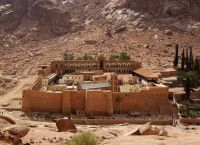
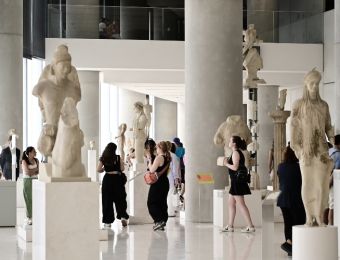





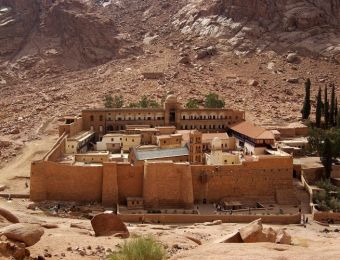





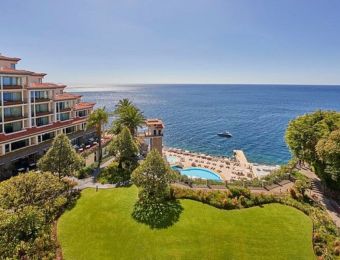




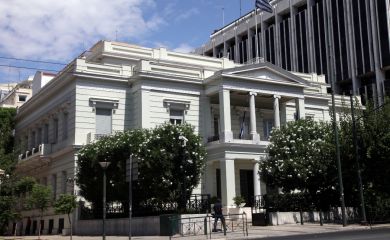




Το σχόλιο σας